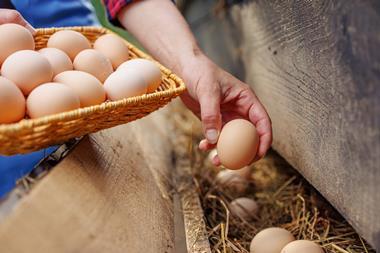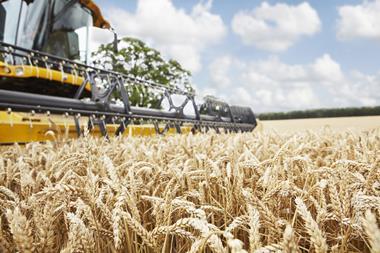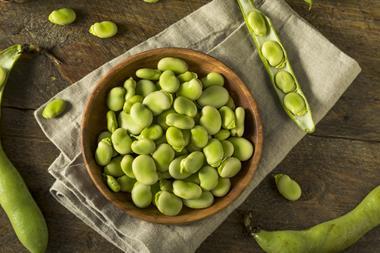Trading difficulties between the US and China, and drought in key growing areas, are having a serious impact on the grain market.
Delegates at last week’s AHDB Grain Market Outlook Conference heard from speakers including Seth Meyer, chairman of the US Department of Agriculture.
Meyer said the US would break with the norm of supplying China for six months of the season and was looking to export to elsewhere in the world year-round.
Rabobank analyst Charles Clack added that the 25% tariff imposed on US imports meant China was left trying to source enough soybeans to meet demand, which might not be possible. Rapeseed supplies remain tight, despite record soybean production in the US, and China is forecast to import an additional 11% in 2018/19.
The conference also heard about the tightening of the wheat market following drought in key growing regions. Although milling quality has been reported as good, UK wheat production is down 5% year-on-year to 14.1 million tonnes (m/t), barley down 8% to 6.6m/t and oilseed rape down 5% at 2m/t.
There is also uncertainty in the UK at regional level with the closure of the Vivergo biofuel plant already impacting local prices and logistics and the planned Hovis plant closures likely to do the same, delegates were told.
Animal feed demand is expected to rise following the summer drought and lack of forage, though there are questions around what grains will be used. Adding to this is uncertainty over Brexit.
“The crop size being smaller means we have less export availability for both wheat and barley. In addition, there may be a shift in the type of grain we export,” said AHDB senior analyst Helen Plant.
“Spain has been a good customer of feed barley in recent years, but it’s currently a net exporter, while drought has affected malting barley quality in Europe, so there may be an opportunity there.
“There’s limited opportunity for stock recoveries, because of the size of the harvest.”
































No comments yet